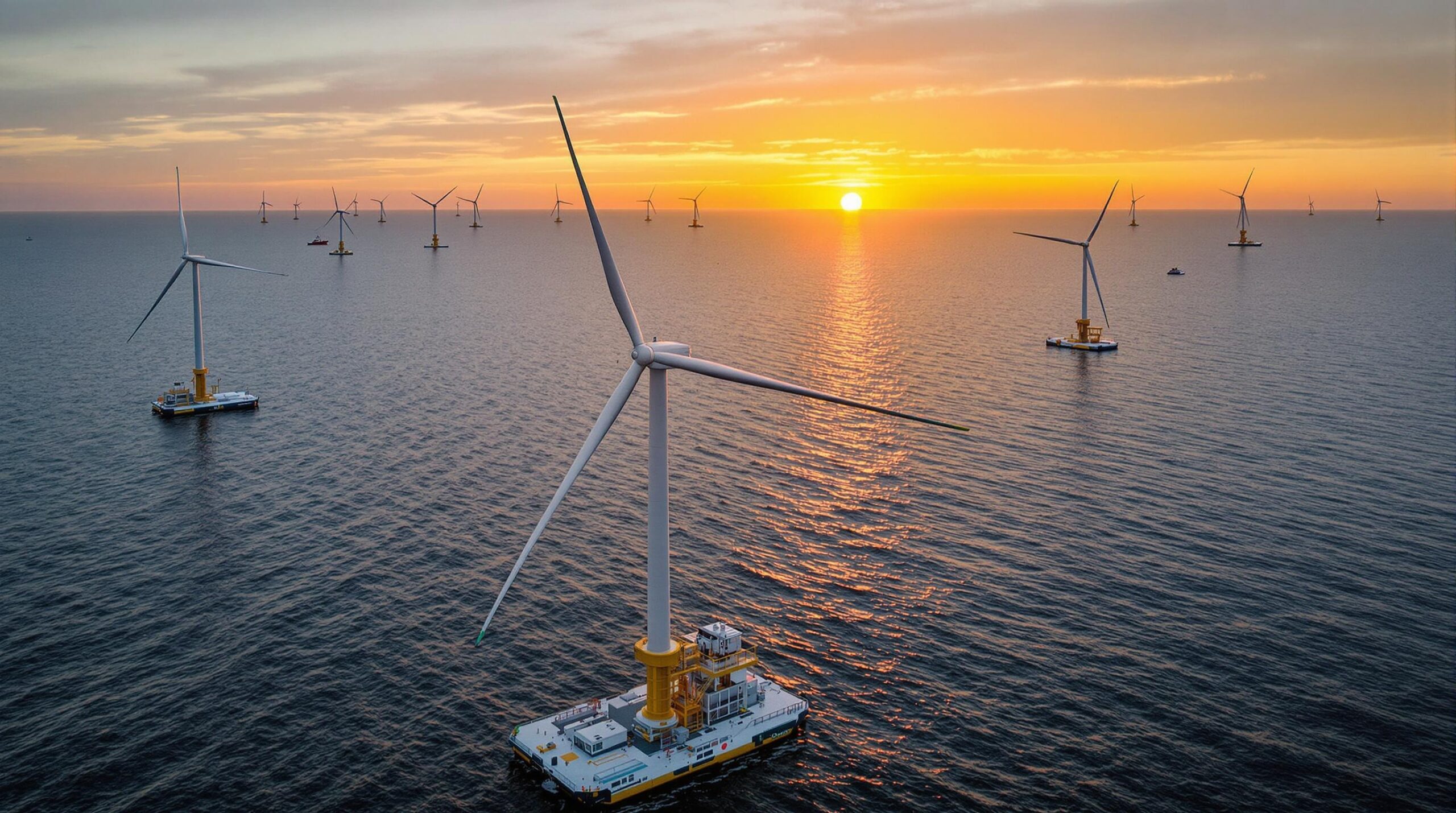Harnessing the power of wind has always played a crucial role in our quest for sustainable energy. As the demand for clean electricity rises, societies are exploring innovative ways to generate renewable power. Deep-sea wind farms are emerging as a transformative solution, offering vast, untapped potential far from the limitations of near-shore installations. These massive offshore projects stand poised to change the landscape of renewable resources worldwide.
The Need for Deep-Sea Wind Farms
Onshore and near-shore wind farms have fueled substantial progress in renewable energy production. However, these locations face increasing land use restrictions and community resistance. As available space shrinks, energy leaders have turned to the open ocean, where winds blow more consistently and at higher speeds. Deep-sea wind farms can yield larger amounts of energy while minimizing the environmental and social footprints compared to land-based turbines.
By moving installations further offshore, developers also reduce interference with fishing industries, shipping routes, and bird migration patterns. This strategic shift opens access to stronger and steadier winds, which, in turn, increases energy efficiency. As a result, society stands to benefit from more robust energy grids with a lower carbon footprint. Deep-sea wind farms represent not just a technological leap, but an essential answer to humanity’s increasing energy challenges.
Innovative Technology Fuels Progress
Building wind farms in deep ocean waters demands advanced engineering and specialized platforms. Traditional fixed-bottom turbines work only in shallow coastal zones up to 60 meters deep. Beyond these depths, the ocean floor drops, and new solutions are necessary. Floating wind turbines, anchored by cables and massive mooring systems, allow robust structures to operate far from shore in water depths exceeding 1000 meters.
These floating platforms remain stable through advanced design, with specialized ballast systems maintaining balance even during strong ocean storms. Engineers use lightweight yet resilient materials to assemble turbine towers and blades that withstand harsh marine conditions. The deployment of cutting-edge sensors helps real-time monitoring of wind patterns and turbine health, maximizing power output and lifespan.
Subsea power cables transmit generated electricity back to land. Improvements in cable technology have reduced transmission losses over long distances. These advancements help make deep-sea wind farm projects more economically feasible than ever before.
Global Expansion and Key Projects
Several pioneering projects worldwide are setting the stage for rapid deep-sea wind farm expansion. The United Kingdom leads with sites like the Hywind Scotland project, developed by Equinor, which proved the viability of floating turbines in challenging seas. Norway, Japan, and Portugal have also launched test projects, earning valuable insights into large-scale deployment.
China and South Korea are investing heavily in offshore wind technology, planning massive farms for the next decade. The United States recently approved ambitious developments along the Atlantic and Pacific coasts. These initiatives include both fixed-bottom turbines in shallower waters and floating platforms for deep-sea operations. Each region adapts the technology to local conditions, fostering global innovation and knowledge-sharing.
Economic and Environmental Impact
The expansion of deep-sea wind farms promises substantial economic benefits. Projects generate thousands of skilled jobs in engineering, construction, and long-term maintenance. Local economies benefit from investment in ports, manufacturing facilities, and supply chains. Over time, a mature offshore wind sector reduces dependence on fossil fuels, shielding nations from volatile global energy markets.
Environmental impacts are also positive. Deep-sea wind farms emit no greenhouse gases during operation, significantly reducing carbon emissions. Their offshore location lessens competition for land and lowers the risk of harming terrestrial wildlife. Moreover, the underwater turbine foundations can serve as artificial reefs, supporting new marine habitats and enhancing biodiversity.
However, projects must carefully assess any risks to marine mammals and fish populations. Ongoing environmental monitoring ensures responsible development, protecting both natural resources and local livelihoods. By prioritizing ecological stewardship, developers can build public trust in deep-sea wind power.
Challenges and Future Solutions
Despite the progress, deep-sea wind farming faces significant challenges. High upfront investment and complex permitting processes can delay projects for years. Harsh marine conditions demand robust engineering solutions and increase maintenance costs. Transporting power over long distances to shore still poses technical hurdles, particularly for regions with weak electrical infrastructure.
To overcome these obstacles, policymakers, researchers, and industry leaders are working closely together. They advocate for faster permitting, streamlined regulations, and expanded research initiatives. New advances in robotics and artificial intelligence promise to reduce maintenance costs by enabling autonomous inspections and repairs at sea. As supply chains mature and construction processes become standardized, overall project expenses are expected to fall.
Public engagement and education will be vital in moving the industry forward. By highlighting the technology’s environmental and economic benefits, advocates can ease concerns and ensure long-term policy support. Continued international collaboration will accelerate innovation and connect global resources to local opportunities.
The Road Ahead for Deep-Sea Wind Farms
Looking ahead, deep-sea wind farms could play a pivotal role in fueling a cleaner energy future. Projections indicate rapid industry scaling, with gigawatts of new capacity commissioned yearly. As technology advances, costs will drop, making offshore wind more competitive against traditional fossil fuels.
Emerging partnerships between governments, private companies, and research institutions will drive deep-sea wind innovation. With shared investment, the world’s oceans can deliver vast renewable energy reserves. These projects also support wider climate goals by helping nations achieve net-zero targets in electricity production.
Deep-sea wind farms exemplify the ingenuity and determination needed to confront climate change challenges. By capitalizing on these advancements, society can forge a path toward a sustainable and resilient energy future.

